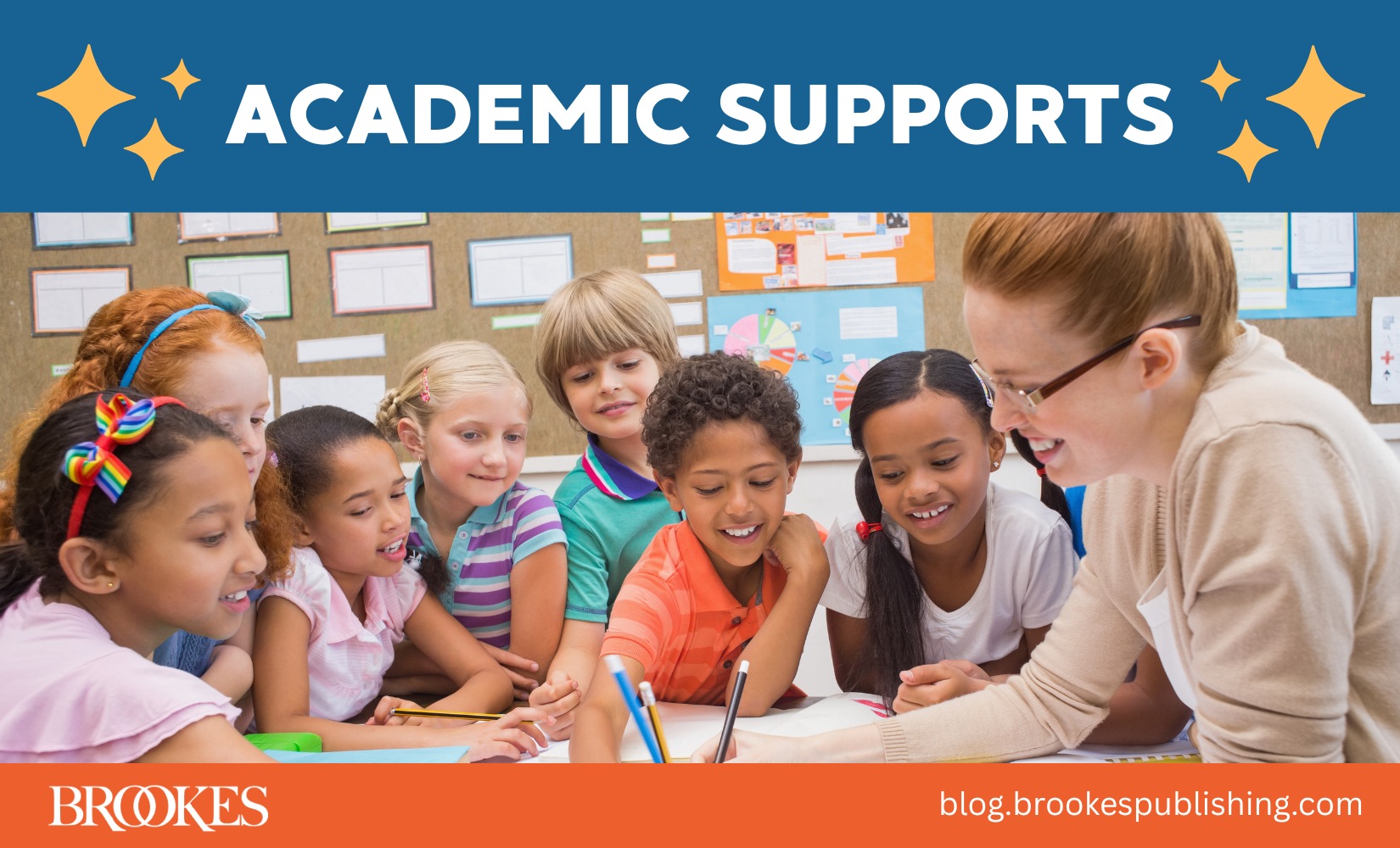Inclusion Guest Blog: Renay Marquez of ParaEducate
March 31, 2016
Happy Thursday, readers! Today I’m very pleased to welcome another special guest to the blog: Renay Marquez, co-founder of ParaEducate, which is one of our favorite resources for special education teachers, paraeducators, and advocates for people with disabilities. I asked Renay to share some of her wisdom she’s acquired from more than a decade of working with other paraeducators and teachers at a diverse, inclusive school in California. How does differentiation and modification work for students? How do paraeducators block out time for planning? What are the characteristics of successful educator teams? Here’s what Renay had to say…
***
I currently work at a public Grades 7-9 campus in California. I have been at the job for eleven years now with the same district. At the campus where I currently work, there are two teachers managing twenty-three students who fall under the umbrella of “moderate to severe disabilities” and a staff of sixteen paraeducators. There are also students with mild to moderate and specific needs on the campus, and they are managed by a total of three other teachers and a total of nine paraeducators. The district has had an inclusive model for more than fifteen years.
Differentiation & modifications
Managing such a diverse population starts before day one. The case managers print out basic information about the students, with special focus on new students (usually seventh graders). Paraeducators get the same information, like which students are expected to get modified work and a review of goals for the students’ IEPs for the year. Modifications are usually done either by the paraeducator or by the general education teacher. Staff take the expected work and either cross out sections, adapt an appropriate level question for the student, or provide structure for the research topics given. Not everyone is involved in differentiation and not everyone is involved with differentiation for all the students. Those in the same class collaborate with the general education teacher and find what will work for the range of the students that are in each class.
As for my specific duties, I see fifteen of the twenty-three students in seven different settings over an eight-hour school day. Some classes, like math, have differentiation built in to some extent. In other classes like science, especially with the adoption of the Next Generation Science Standards, we are scrambling but are providing opportunities for the students to experience the curriculum at their level and participate with their like-aged peers. It is a careful line between addressing one student and helping them rise to challenges that the general education teachers would like to see them attempt.
Planning time
Planning for academics happens in the “between” moments: after school for five to ten minutes, in passing period, by email, or catching the teacher at the top of lunch. This is also when we share concerns about a specific student’s progress or behavior. We may take specific notes to the case manager if the behaviors have increased. Bigger projects are a conversation that may happen before school as we walk into campus. Formal planning happens during days off (once a year), or during early release days (twice a year). One or both of us may have an idea and we will share those when we get a moment to get something down on paper.
Paraeducators, unlike teachers, do not typically get “˜planning’ time. We are constantly writing down ideas or typing them up whenever we get a moment. We are catching up with the material the students are looking at and planning for a test we know is coming three or four days away.
Ingredients of successful teams
Successful educator teams embrace all of the following ideas:
- Be welcoming of everyone. Not just the students, but the paraprofessionals, too.
- Demonstrate to the students that everyone on campus is a part of their learning team.
- Recognize the skills that paraprofessionals may have (artistic, agricultural, technical) and use those skills to help contribute to the students’ learning
- Be patient. Those behaviors, noises, transitions, etc. are always being worked on
- Smile, because students with disabilities are just like any other student
Inclusive campuses have given students, especially those with more severe disabilities, invitations to peer groups on campus without prompting. These students are seen for the skills they do provide and the interests that they have. Students actively seek to be a part of group activities together, and I’ve observed that students with and without disabilities are overall supportive and positive of each other without much adult prompting and redirection. Even when things in group projects may not work out the way the students expect, they are willing to include their classmates with disabilities and support their participation. And I’ve noticed that the students who participate in the Special Olympics ask their classmates to come cheer them on during annual events, and many of their peers do come out to support their friends.
***
Big thanks to Renay for sharing her experiences with and perspectives on inclusion. I’d love to hear from some other paraeducators out there–is Renay’s experience similar to yours? How do you build in planning time? Are there any other factors that have been critical to your inclusive team’s success? Sound off in the comments below! (And be sure to visit the excellent ParaEducate blog and follow them on Twitter.)




Write a Comment
Your email address will not be published. Required fields are marked *
Post a Comment